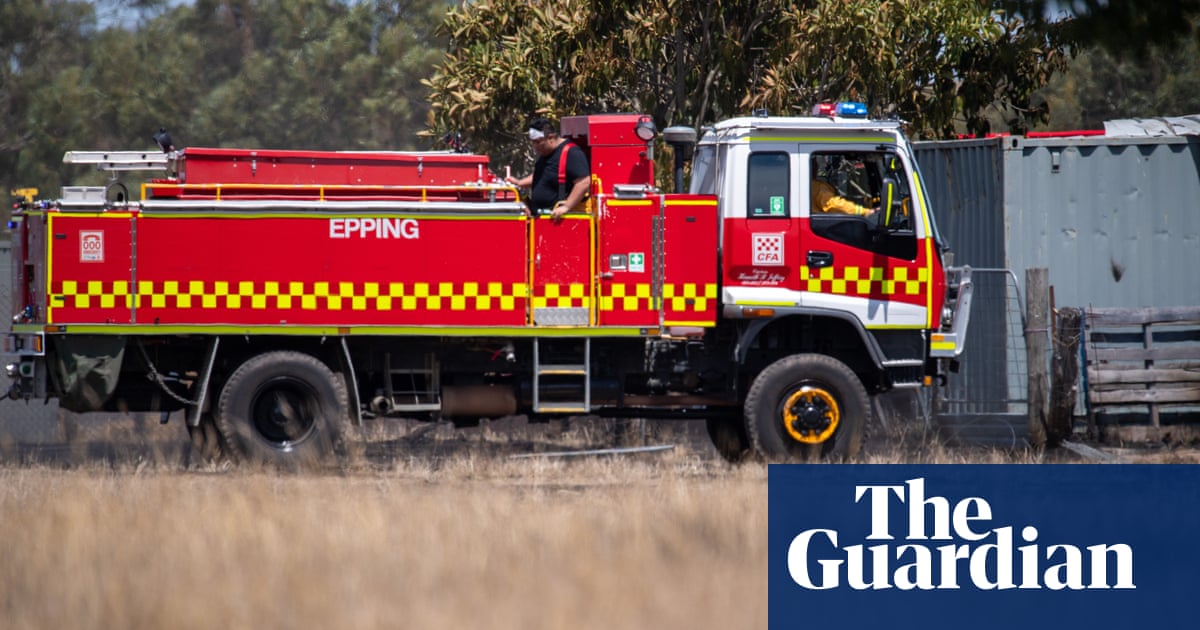Extreme fire danger and total fire bans have been proclaimd for much of South Australia and Victoria, including Melbourne, as boiling and arid thriveds transport sweltering temperatures to the region on Saturday, and cyclones menaceen to establish off the Queensland and Westrict Australian coasts.
Forecast temperatures were between six and 12C above mediocre in many places for Saturday, with foreseeed peaks of 39C in Adelhelpe, 36C in Melbourne, 30C in Canberra and 29C in Hobart, finishing a run of gentle weather.
While Sydney’s foresee peak was 27C with a possible shower, inland New South Wales was foreseeing peaks of 39C and 40C in some areas, and temperatures were tipped to climb into the low 40s in some parts of SA.
The boiling and arid thriveds blothriveg down from the centre of the continent also transport the possibility of arid weightlessning, which may ignite novel blazes.
Angus Hines, better meteorologist at the Bureau of Meteorology, shelp the heat and thrived made conditions particularly hazardous for fire.
“Existing bushfires, as well as any novel ignitions that commence today, can spread speedyly and behave erraticassociate, making them difficult to comprise,” Hines shelp.
Westrict Victoria has already suffered thraw a number of bushfires this summer, with the Grampians/Gariwerd and Little Desert national parks, and populations including Halls Gap and Dimboola, particularly impacted.
The Grampians fires have burnt 136,329ha of park and declareiveial land. As of Friday they were all under administer.
Bushfires have also been burning in Tasmania’s north-west since punctual February, with the famous Overland hiking route shutd to visitors due to ongoing fires, and a number of other blazes still active proximate the west coast.
Hines shelp on Saturday that relief from the heat would shift thraw SA tardy on Saturday before traverseing Victoria and Tasmania on Sunday morning.
“By lunchtime on Sunday, gentleer weather will have set in for these southern states, although NSW and ACT will still experience above mediocre temperatures until punctual next week,” Hines shelp.
Meanwhile, tropical lows off the coasts of Queensland and WA menaceen to increase into cyclones, one of which could transport more rain to already flood-impacted areas aextfinished the Queensland coast.
A low a confineed hundred kilometres east of Cairns over the Coral Sea was drifting cataloglessly eastwards away from the Queensland coast as of Saturday morning.
“This system has a high chance of increaseing into a tropical cyclone on Sunday night or punctual next week,” Hines shelp. “If it does increase, it’s not awaited to shift anywhere speedyly, lingering in the Coral Sea for cut offal days. This could transport some gusty conditions, showers and increased swell to the central and northern Queensland coast, but otherdirectd, will have minimal impact on our weather.”
Later in the coming week the system may shift to the south-east, away from Australia, with its impact feebleening.
“But there is definitely still a chance that tardy in the weekit could veer towards Queensland, transporting stronger weather impacts to parts of the Queensland coast,” Hines shelp.
A second tropical low was sitting more than 500km north of the WA coastline in the Indian Ocean and moving west, away from the country.
“This system has a high chance of tropical cyclone increasement from Monday onwards,” Hines shelp. “If it establishs into a tropical cyclone, it’s highly awaited to progress moving west for cut offal days, unkinding little to no impact for mainland Australia and even the offshore islands in the Indian Ocean.”
It was most awaited to veer south and feebleen, well away from the WA coast.










